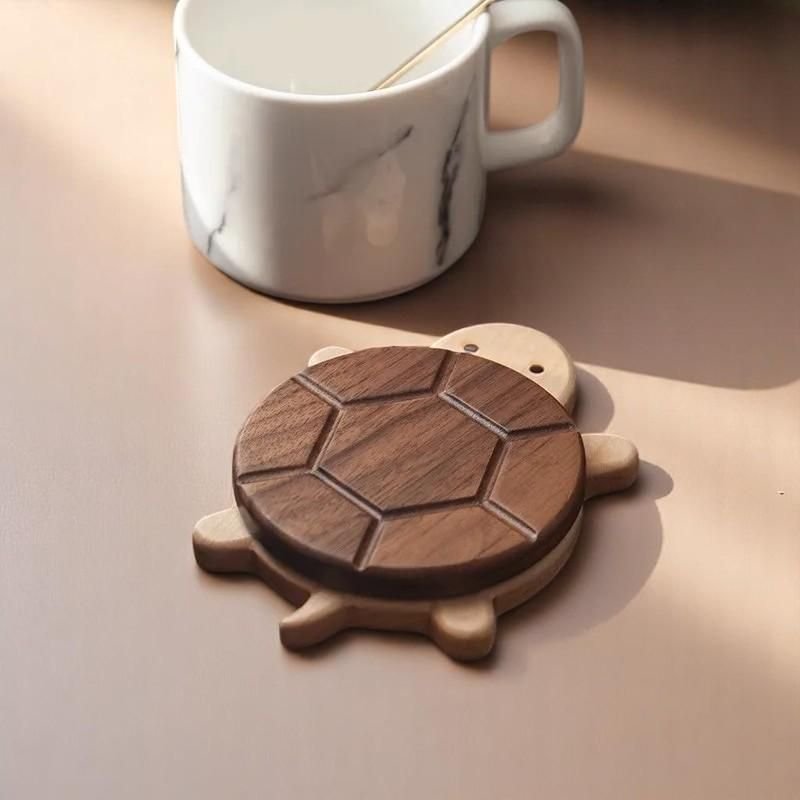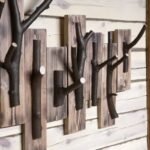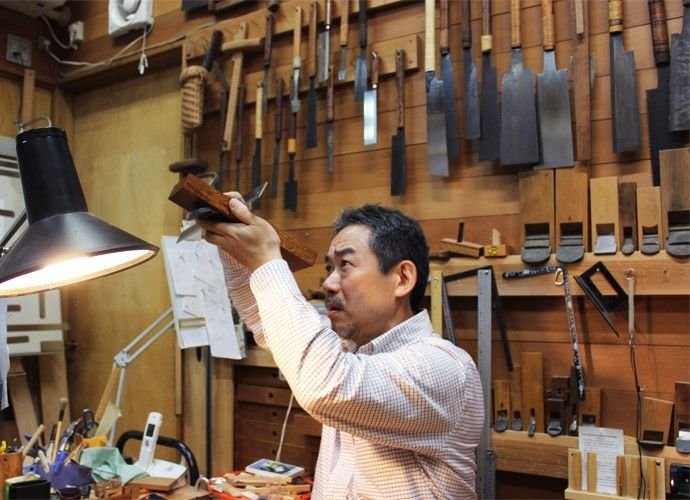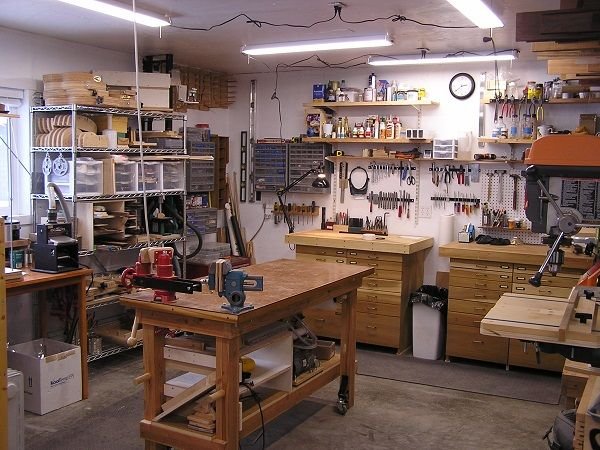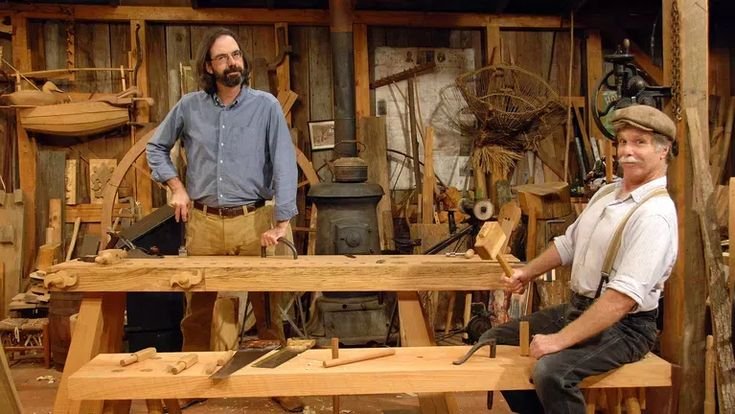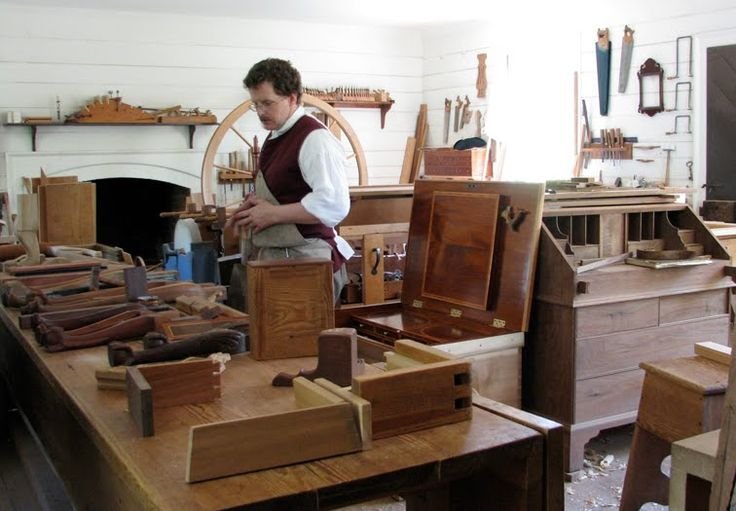Coffee, Wood Shavings, and Some Hard Lessons
So, picture this: I’m sitting in my little workshop out back on a Saturday morning, coffee in hand. The smell of fresh-cut wood hangs in the air, and there’s that satisfying crunch underfoot from the shavings scattered around. My dog, Henry, is snoozing in a patch of sunlight, and I’m feeling like a true craftsman. Life feels pretty decent, ya know?
But, oh boy, things aren’t always as cozy as they seem. I’ve had my fair share of mishaps with woodworking, especially with this new material I’ve been messing around with — AAC, or autoclaved aerated concrete. You might think, "Wait, concrete in woodworking?” But trust me, it can be a fun little adventure, even if it did drive me a bit bonkers.
The First Try
So, what got me into AAC, you ask? Well, I thought it could be a neat way to create some kind of funky outdoor table. Heavy on the concrete feel but light on the weight, thanks to those little air pockets. I’d seen a few folks on the internet doing it, and I thought, “Why not? I can do that.” Spoiler alert: I was wrong about that “why not” part.
I headed to my local home improvement store, and as luck would have it, they had a sale on AAC blocks. They were these big, white, fluffy things. I’d seen videos of folks cutting them with regular woodworking tools, and I figured I could just use my trusty jigsaw and some adhesive. Seemed simple enough. I gathered my supplies—adhesive, a few pieces of cedar for framing, and some of that fancy wood glue that’s supposed to hold everything together. I was feeling particularly hopeful.
Where Things Went South
So, there I was, drawn to the promise of creating something beautiful, not really considering the fact that AAC isn’t quite like wood. As I started cutting, I remember thinking about the first time I saw someone slice through a piece of wood like it was butter. That feeling of slicing through grain, the sound of the blade. But this stuff? It was different. The jigsaw whined as it fought through the block, and I swear it smelled like burnt marshmallows.
Okay, maybe that was just me. I was sweating bullets, and I was so pumped initially, but then doubts started creeping in. I nearly chucked the whole project when I realized I hadn’t properly measured anything. I just jumped in thinking I was some hotshot woodworker. Hah! If I could’ve given myself a good slap on the forehead, I would’ve.
Really, it was like trying to shove a square peg into a round hole. I ended up with pieces that were all misaligned, and when I pieced them together, they looked more like something a raccoon built than a nice outdoor table.
Moments of Clarity
But, you know, sometimes things happen for a reason. I took a step back, had a couple of swigs of my now-cold coffee, and tried to find some humor in my little construction site disaster. And y’all, five minutes in, I had a light bulb moment. Instead of fighting against it, I realized I could embrace the imperfections. After all, that’s what gives handmade stuff its charm, right?
So, I went back to the garage and dug out some sandpaper and a bottle of wood stain. Now, let me tell ya—watching that stain seep into the cedar was like magic. I think I laughed out loud when I saw it actually working. My little mess of AAC transformed before my eyes into something that — while not perfect — looked kinda cool in an “artsy” way.
Using my trusty brad nailer, I decided to frame the AAC blocks with cedar. The smell of the wood mixed with that squishy sound of the nailer shooting fasteners made my whole day. I didn’t win any awards, but I ended up with something that didn’t just look like a disaster; it was a hybrid of sorts, serving as a coffee table for my deck, and a conversation starter if anything.
Lessons Learned
You know, I almost gave up on woodworking a few times because I thought my pieces had to look like something out of a fancy showroom — but that’s just not real life. Each splinter, miscut, or failed joint is part of the learning curve in this thing we call woodworking.
So here’s what I take away from all this — flaws are part of the process. I wish someone had told me that when I was getting started. Even the professionals mess up sometimes, but that’s what makes it all fun. If you’re ever thinking of diving into something new, like AAC woodworking, just give it a go. Embrace the chaos and quirks.
Who knows? You might surprise yourself. And if nothing else, you’ll have a story to tell, just like this one. So grab your tools, maybe a cup of joe, and dive in. You never know what you might make.

